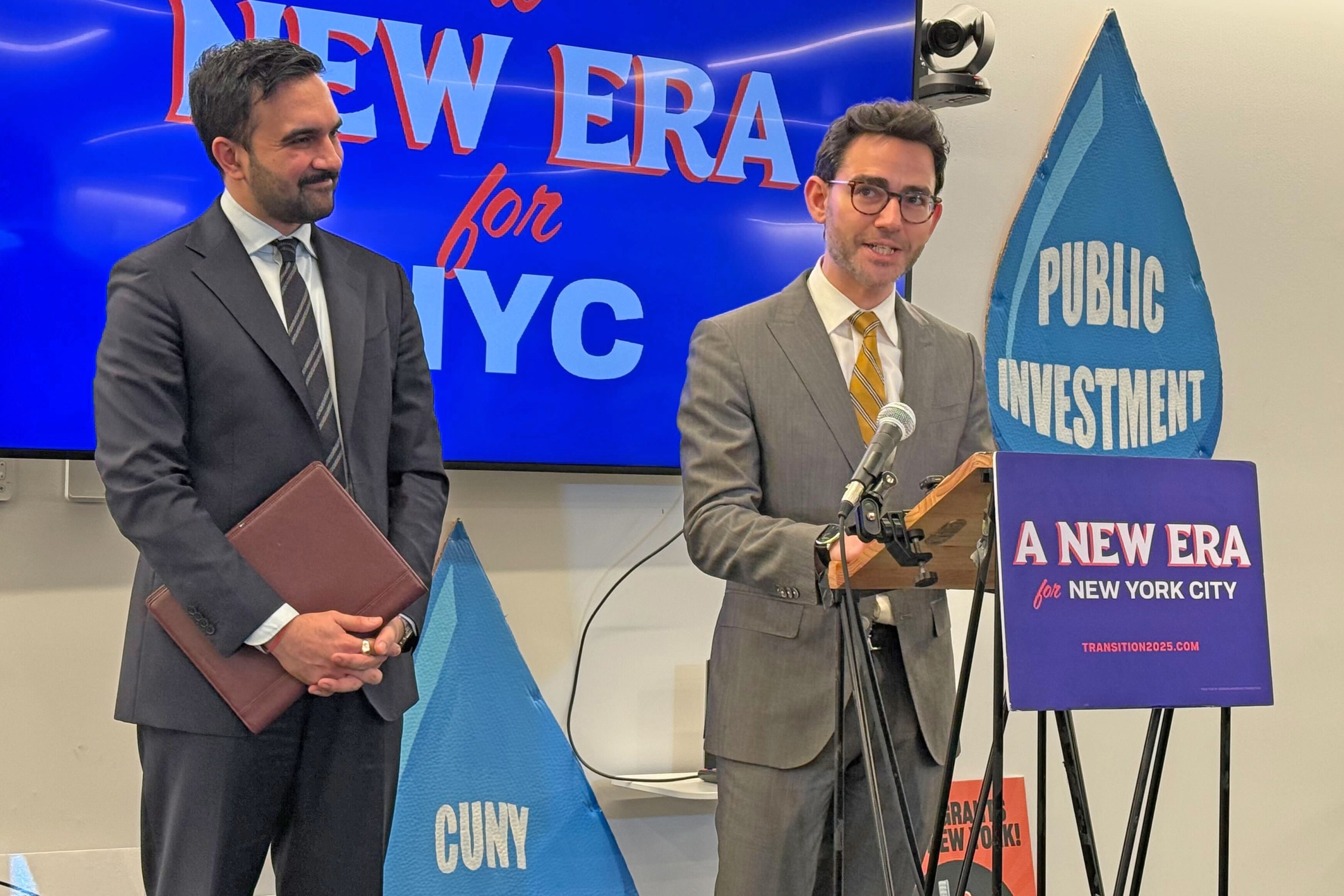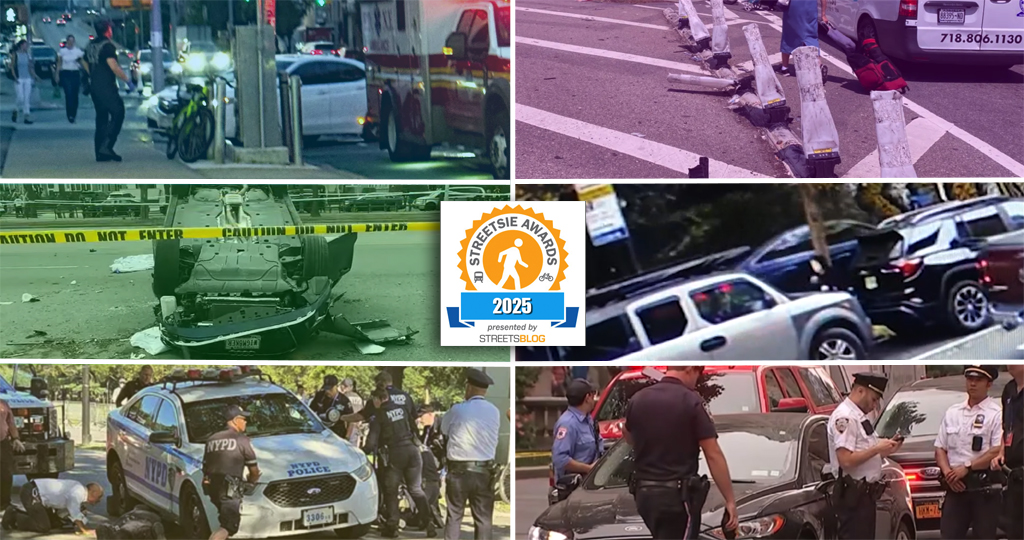
In June, NYU's Wagner Rudin Center of Transportation Policy & Management teamed up with the New York Metropolitan Transportation Council to host an event focused on current and future freight needs in the New York metro region. Their report cited increased consumption and congestion as serious challenges to moving goods in and around the city:
Since 1980, New York City's population has increased by 14%, to just over 8 million people in 2000. Now, the city is expected to grow by another million people by 2030. This means more demand for freight in the future. In 1998, commodity flow in the NYMTC region totaled 333 million tons. Foods accounted for 47 million tons; clothing accounted for 2.8 million tons; and 70 million tons of gasoline was delivered. As the population of the New York metropolitan area swells, the expected impact on freight needs will be astounding. NYMTC's Regional Transportation Plan (RTP) estimates that the 31-county tri-state population will grow to 26 million, or 1.5 million more households, by 2030. At the same time, NYMTC's Regional Freight Plan (RFP) estimates the annual commodity flow in the region will grow to a staggering 490 million tons by the year 2025 - an almost 50% increase in freight tonnage. All of this freight will be moved on the region's currently over-burdened transportation system.
In the Keynote address, the Commissioner of the New York State Dept. of Transportation stated there is no room to build new roads downstate. While trucks will most likely remain the dominant mode of transporting freight, several different modes will become increasingly necessary to meet future demand:
Commissioner Glynn emphasized that we need to be better prepared for the needs of today and for the future by diversifying the investment to achieve modal balance in goods movement and mitigate congestion on our transportation network. To do this, increased rail access and modal share are important, but will not be a panacea for region's freight challenges. It will be a notable feat for freight rail to attain a desirable 10% market share of the long distance commodity flow for the East-of-Hudson market. To accomplish such an increase, we will need a long-term commitment and the cooperation of the region's many transportation agencies and stakeholders.
You can read the entire report here.





